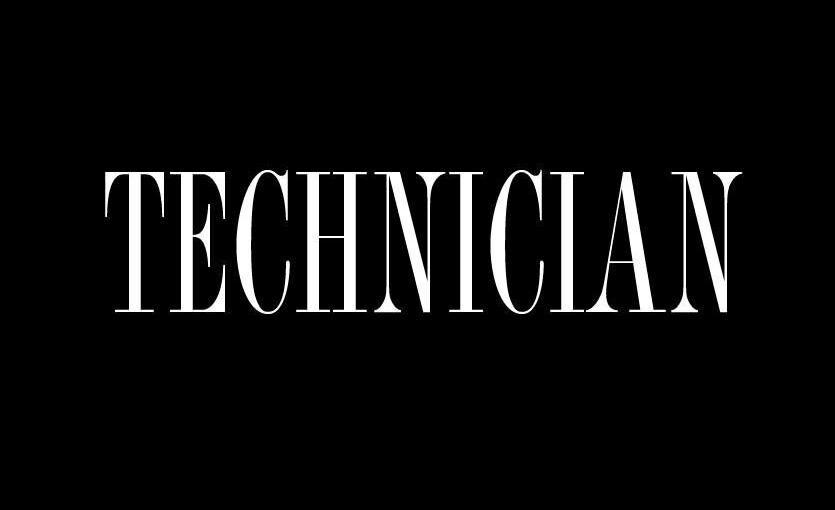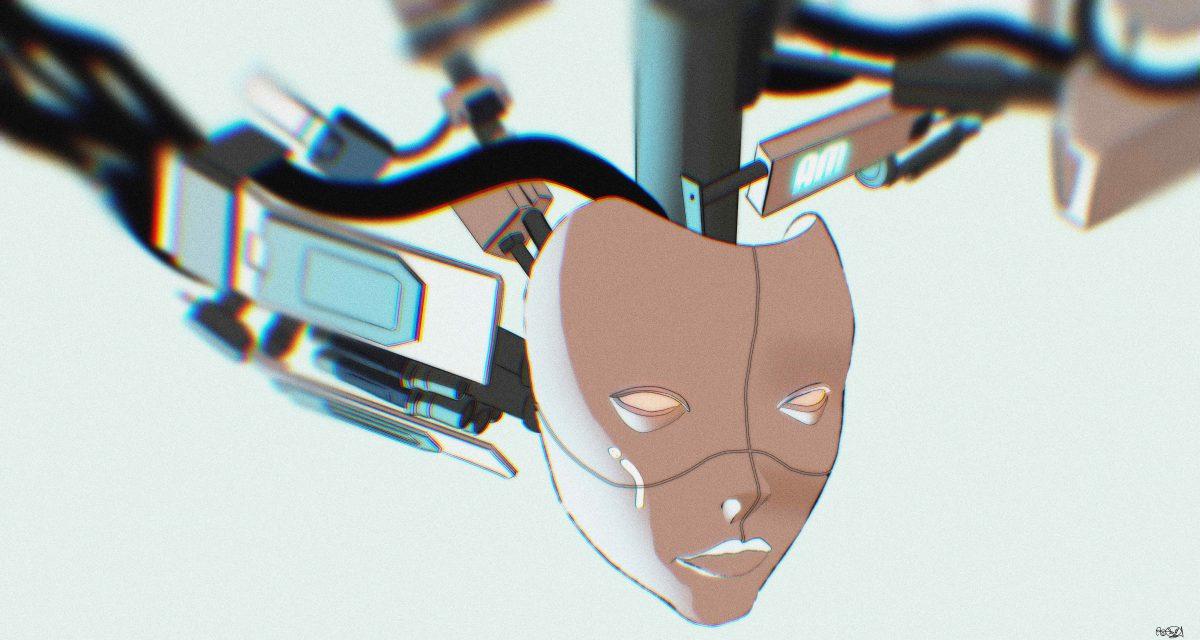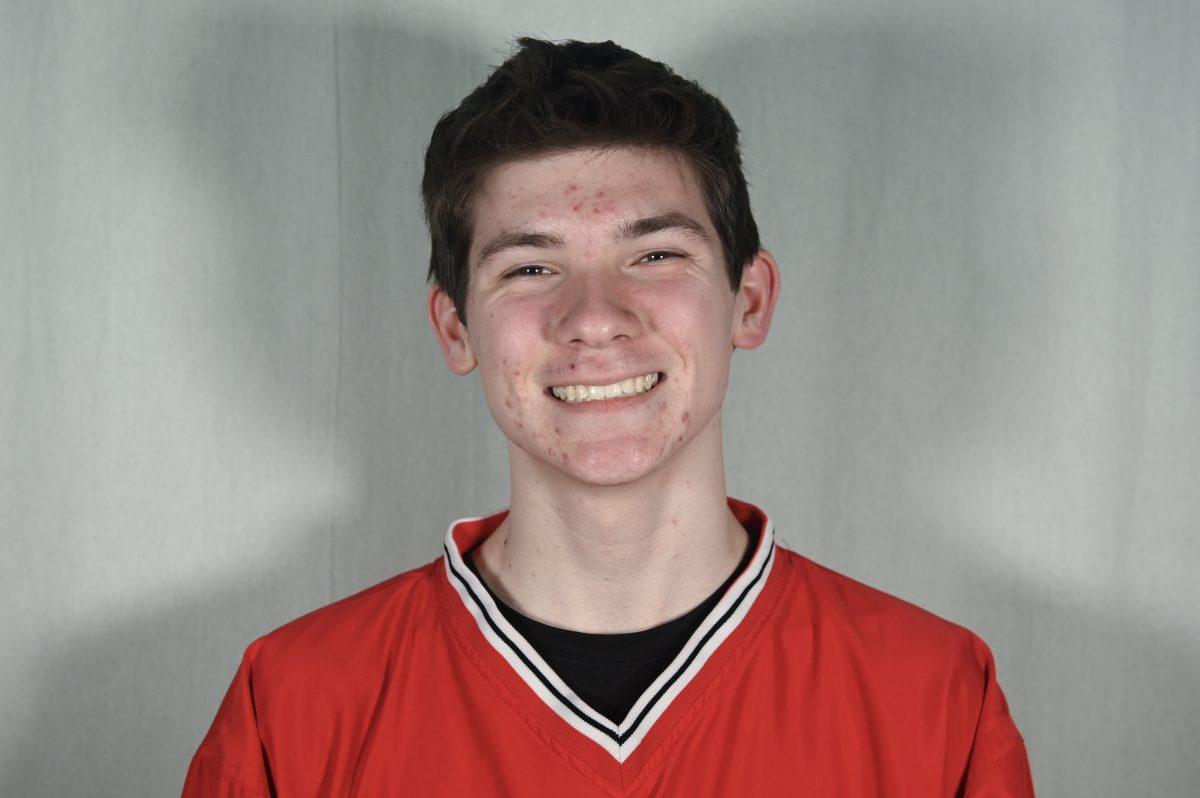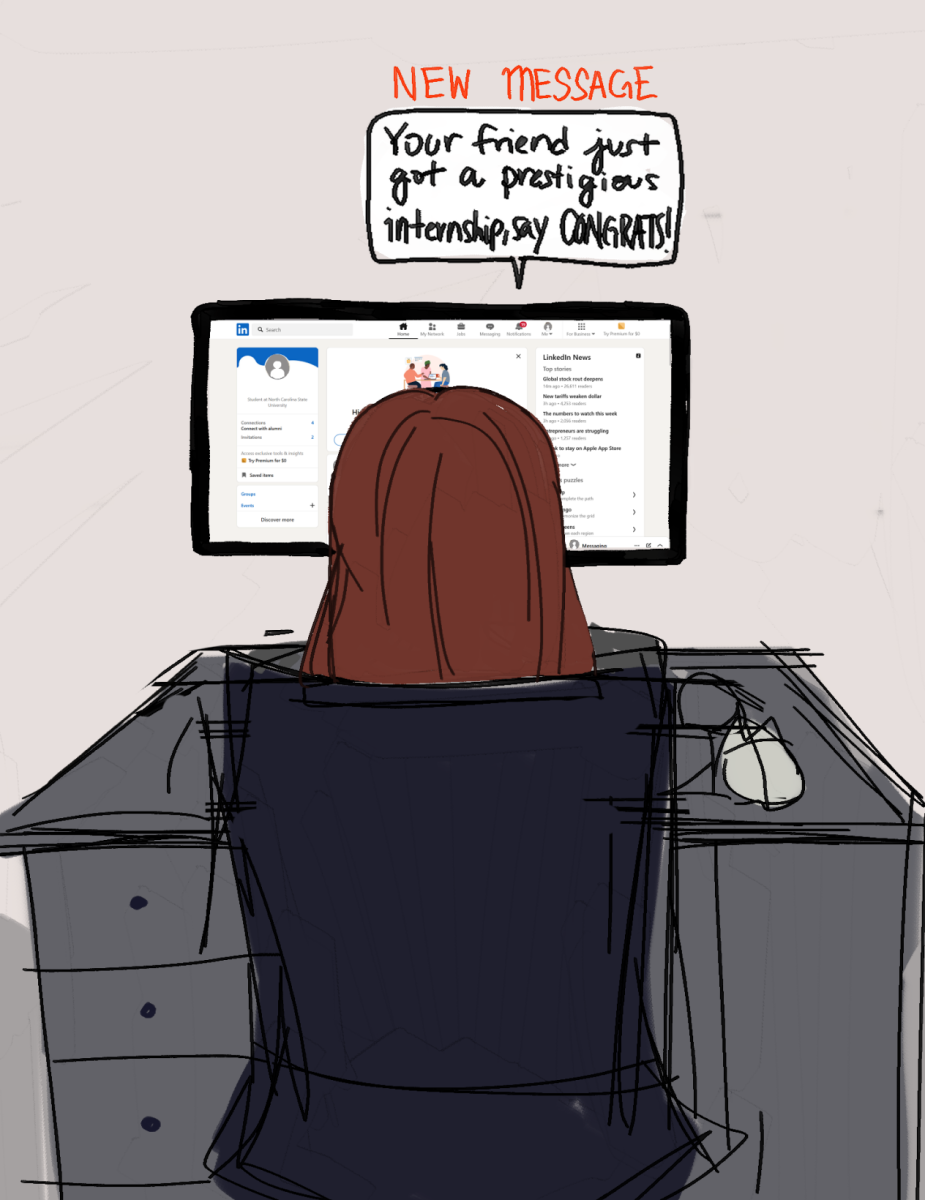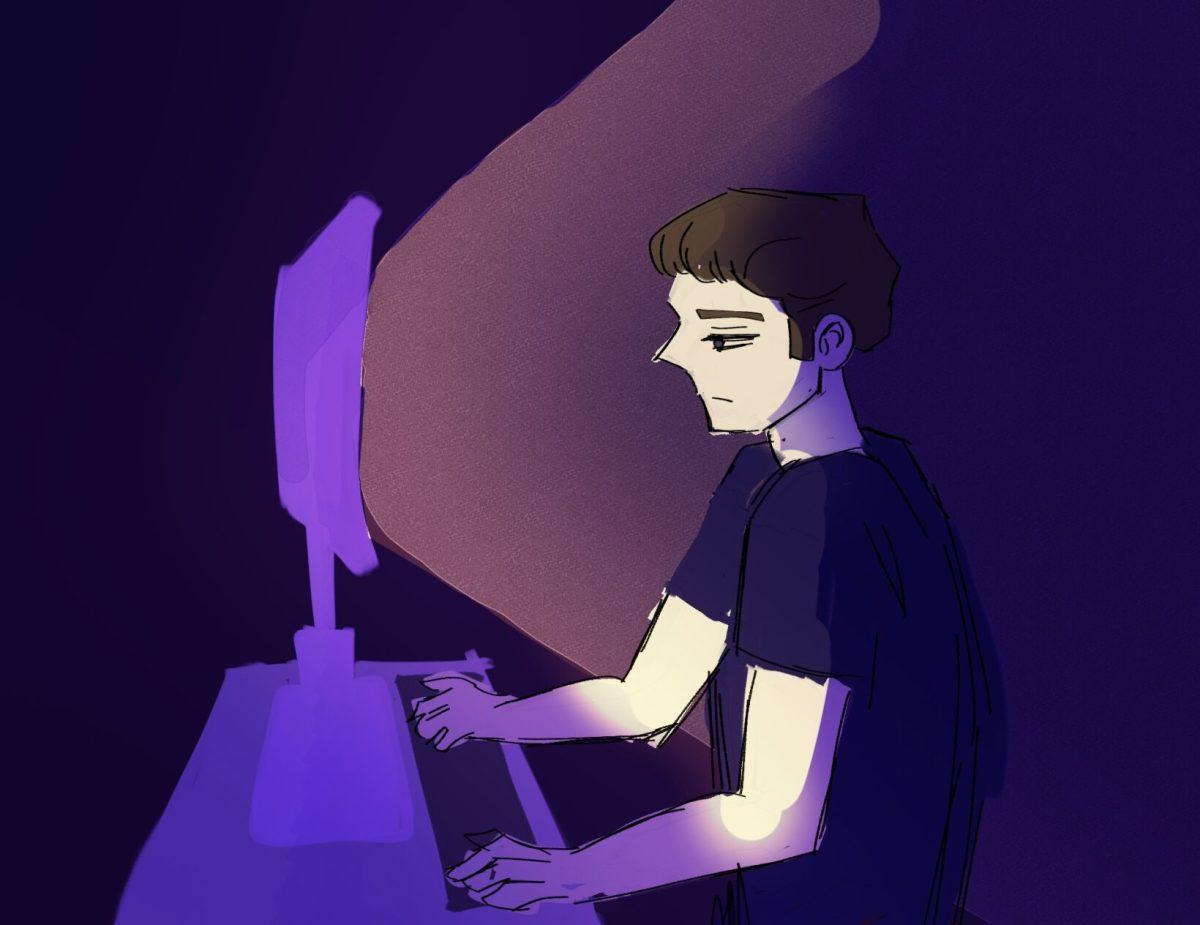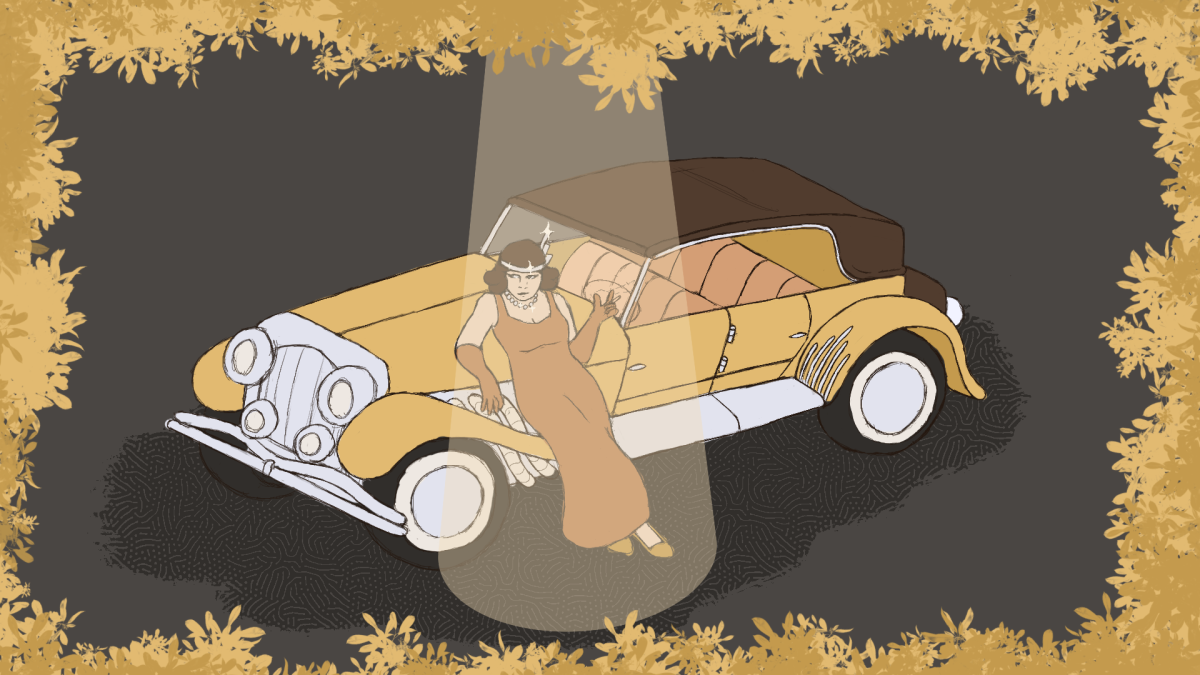In a matter of hours, Officer Michael Thomas Slager of the North Charleston, South Carolina Police Department charged with murder after a video surfaced Tuesday of him shooting the unarmed Walter Lamer Scott, 50, in the back as he fled.
The video, recorded by a passerby, contradicts Slager’s initial account of the incident, according to the Los Angeles Times. If not for the quick-witted bystander, there’d be no video. And if not for the video, “it would have just been the standard story of a police officer giving his version and that would be the end of it,” said attorney representing the Scott family L. Chris Stewart. “In this case, this officer gave his story, and it turned out not to be true.”
The public shouldn’t be forced to rely on serendipity to know the true circumstances of a police encounter, and we wouldn’t have to if police departments would hasten their adoption of body-mounted video camera technology.
The Wall Street Journal reported the use of force by officers fell 60 percent within the first year of using body cameras in the city of Rialto, California.
And the benefits work both ways. The article also reported citizen complaints against police fell 88 percent after the department began using the cameras. The same article cites studies from the U.K., where body cameras are more widely used, that found the cameras “aid in the prosecution of crimes, by providing … uniquely compelling evidence.”
What makes video evidence “uniquely compelling” is that unlike eyewitnesses, video doesn’t make mistakes, and, unlike unscrupulous officers or suspects, it doesn’t lie.
A 2010 article in the journal American Criminal Law Review found numerous instances of police officers making statements—even under oath—which video evidence later revealed to be false. The article claims our legal system views police officers as “impartial fact gatherers … rather than biased advocates attempting to disprove innocence, which is the reality.”
That’s not to say that all police officers, or even a majority of them, aren’t honest public servants. But every police shooting that hits the news enflames the festering public distrust of the police. Without independent, impartial corroboration, the task of rebuilding that trust will grow more and more daunting.
If the aim of our criminal justice system is, you know… justice, we should use whatever tools are available to protect the innocent and hold to account the guilty.
Video isn’t biased. Video doesn’t care if someone is black or white. It has no preconceived notions about innocence or guilt. It does nothing more than record facts and the clearer the facts, the better the chance justice is served.
And body-mounted video cameras on police would even do us one better: they’d provide an incentive for officers, as well as suspects, to obey the law, so maybe one day we can live in a society where no one dies from eight bullets to the back from someone sworn to serve and protect.

